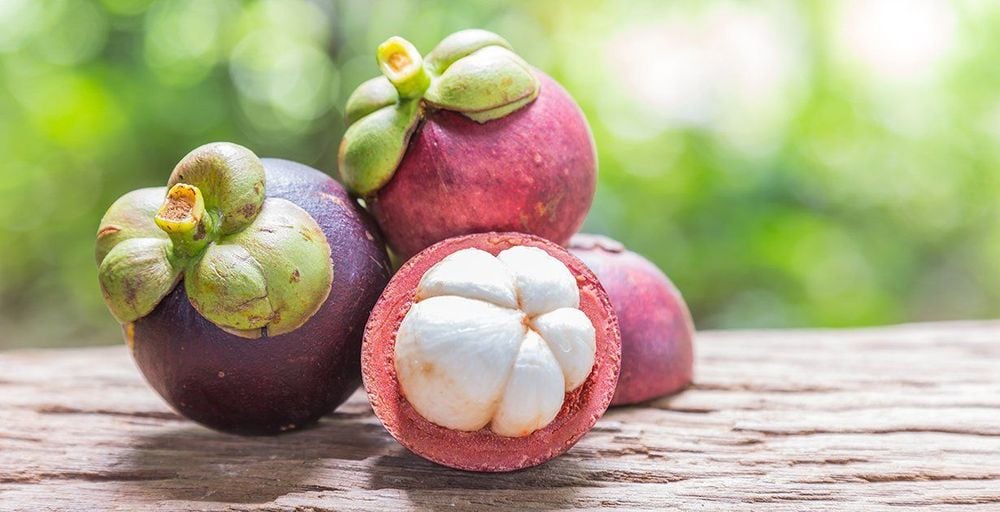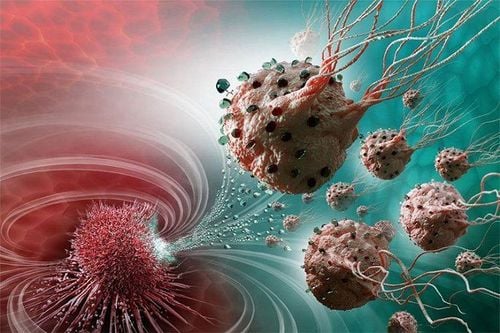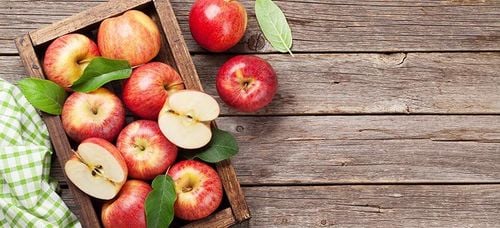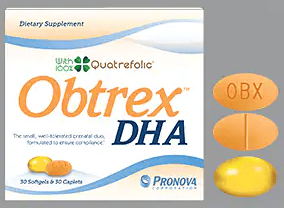This is an automatically translated article.
Mangosteen is available canned or fresh but is commonly found as a juice or powder supplement. Mangosteen juice products typically consist of the fruit, the rind (which cannot be eaten as a whole) and the pulp of the fruit. The following article helps provide some necessary information about mangosteen1. Nutritional composition of mangosteen fruit
Mangosteen (Garcinia mangostana) is a tropical fruit native to Southeast Asia that is believed to offer a number of health benefits. Often touted for its antioxidant effects, mangosteen is sometimes referred to as a "super fruit". The fruit has a slightly sweet and acrid taste.Mangosteen is not widely available in grocery stores in the United States. If you're looking for either the fruit or the canned version, you're more likely to find it in Asian markets or online. When buying canned products, be sure to check labels for added sweeteners. If canned as juice or syrup, you can count on added sugar, but draining and rinsing can reduce the amount you consume.
You can also find mangosteen juice, mangosteen tea, or mangosteen supplements in capsule or powder form at health food stores, online, or in Asian markets. As with all supplements, be sure to check with your healthcare provider for any potential contraindications to other medications you may be taking.
USDA does not provide nutritional information for fresh mangosteen. The following information is for 1 cup (196g) of canned mangosteen in syrup and drained.
Calories: 143 Fat: 1.1g Sodium: 13.7mg Carbohydrate: 35g Fiber: 3.5g Protein: 0.8g Carb: A serving of 1 cup of canned mangosteen provides 143 calories and 35 grams of carbohydrates. This fruit is also a good source of fiber with 3.5 grams per cup. The USDA does not provide information on the amount of sugar in the product, however, because it is canned as a syrup, the potential for added sugar is relatively high. Data on the glycemic index of mangosteen are not available.
Fat: There is just over 1 gram of fat in 1 cup of canned mangosteen. Protein: Mangosteen provides less than one gram of protein per serving. Vitamins and Minerals: Mangosteen is a rich source of folate and manganese.

Quả măng cụt là một nguồn cung cấp dồi dào Vitamin và các khoáng chất
2. Health benefits
In Southeast Asia, mangosteen peel has been used medicinally for centuries. Proponents claim that mangosteen can also help treat conditions including acne, arthritis, cancer and diabetes. Some people also claim that mangosteen can promote healthy skin and weight loss.To date, there have been few studies examining the effects of mangosteen on human health and further confirmatory studies are needed.
2.1. May aid in disease prevention In experimental research, scientists have shown that mangosteen extract may have antioxidant, anti-inflammatory, antibacterial, antiviral, and anti-tumor properties.
Mangosteen contains xanthones, a class of polyphenolic compounds known for their antioxidant activities. Some scientists believe that these compounds could be useful in the fight against diseases including tuberculosis and malaria. But human trials are lacking.
2.2. May assist in the treatment of mood disorders Some researchers believe that mangosteen peel extracts have neurobiological properties and therefore have potential as a treatment for mood disorders. with certain types of mental illness.
According to a research review published in 2019, mangosteen's antioxidant, anti-inflammatory, anti-apse, neuroprotective, and mitochondrial-enhancing properties make it theoretically useful as an adjunctive psychiatric treatment for schizophrenia and bipolar disorder.
But the study authors say that more research is needed because the studies completed to date are scarce and some of the studies conducted were small.4
2.3. May Improve Immune Health In a few clinical trials examining the effects of mangosteen, researchers found that mangosteen may help boost the immune system. Published in the Journal of Medicinal Food, the study involved 59 healthy adults. For 30 days, study participants took either a placebo or a mangosteen product containing essential vitamins and minerals.
At the end of the study, members of the mangosteen group had a significant improvement in immune response compared with members of the placebo group. Mangosteen also reduces levels of C-reactive protein (a marker of inflammation).
More recent studies have also shown mangosteen to improve immune function, but more high-quality human trials are needed to fully understand this potential benefit.

Quả măng cụt có khả năng cải thiện chức năng miễn dịch
But the researchers also note that despite compelling evidence that xanthones from mangosteen may be a "remarkable candidate" for chemopreventive and chemotherapeutic strategies, the Further research must be conducted before these compounds can be used in cancer treatment.
Furthermore, a report published in the Journal of the Society of Integrative Cancer, scientists warn that cancer patients should exercise caution before consuming mangosteen products. The report's authors note that mangosteen may interact with cancer treatments and also affect blood sugar levels.
2.5. May aid in diabetes prevention and management According to a 2019 research review, mangosteen extract may have anti-diabetic properties. The study authors say that a large number of test-tube and animal studies have shown that mangosteen extract may have potential use in anti-diabetic drugs.
The researchers also explain that a nationwide survey in the Philippines found that using mangosteen as a tea or eaten raw may have the potential to curb diabetes in the local population. However, the study authors also note that more thorough clinical trials in humans should be conducted.

Quả măng cụt có thể có đặc tính chống bệnh tiểu đường
3. Mangosteen allergy
While medical professionals acknowledge that an allergic reaction to mangosteen is possible, the 10 published reports are rare. Researchers tested patients with birch pollen allergies and found that mangosteen is generally well tolerated. People with birch pollen allergy often cannot tolerate any type of fruit. There is even some (limited) evidence that mangosteen has anti-allergy benefits.4. Side effects
Preliminary animal studies suggest that xanthones have the potential to interfere with normal blood clotting. It is not known whether the xanthones in mangosteen can interact with blood thinners (such as warfarin).In one small study, some of the side effects of taking mangosteen extract included fatigue, constipation, dry throat, headache, and indigestion.
5. How to choose and store mangosteen
Mangosteen is mainly grown in Thailand, where it is harvested from June to August. For a time, there was a ban on mangosteen in the United States because of concerns about Asian fruit flies, but the ban has since been banned. was removed in 2007.To choose the freshest mangosteen, choose a dark purple color. It must be relatively certain. Make sure that the top stem (calyx) is intact and has a flower-shaped protrusion at the bottom.
If you buy fresh mangosteen, you should grate it for quick use. The fruit will only stay fresh for about 2-3 days. Fruit should be refrigerated until you are ready to use it. Mangosteen should not be frozen.
6. How to prepare mangosteen
Opening a mangosteen is easy as long as you understand each part of the fruit well. The edible part is the white middle part that is divided into parts like an orange. Each portion may or may not have a bitter seed (depending on size).Use a small knife to open the fruit. Hold the fruit in the palm of your hand with the sepals at the top. Cut around the outside of the fruit (the equator) without cutting through the middle, then cut off the top to reveal the soft, white, edible inside.
The pericarp and seeds are known to have a bitter taste and are not usually consumed in their raw form. But these are the parts of the fruit that have been studied for their health benefits.
Mangosteen is usually eaten on its own but can be mixed with fruit salads, yogurt or other sweet dishes.
Please dial HOTLINE for more information or register for an appointment HERE. Download MyVinmec app to make appointments faster and to manage your bookings easily.
Reference source: webmd.com, verywellfit.com












